|
Title: | A History of GWR Goods Wagons |
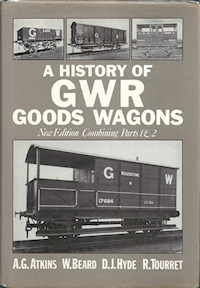
|
| Author: | A G Atkins, W Beard, D J Hyde, R Tourret |
| Publisher: | David and Charles, Newton Abbot |
| Format: | Book |
| Subject: | Wagons |
| Category: | Detail |
| Spec: | 10in x 7in, hardback, dust-jacket, 224 pages, 194 B&W photos, numerous diagrams, ISBN: 0-7153-8725-1 |
| Publication date: | 1986 |
| Summary: | Originally published in two parts in 1975/1976, this combined and updated version appears to be a fairly definitive history of the various wagon types built by and for the GWR |
| Review: | My interests (and hence my library) were for a long time limited to post-1948 rolling stock. However, I am now trying to broaden my knowledge of types built by the Big-Four railway companies. I recently found this title in a second-hand bookshop in Falconwood, and I was quite impressed. An updated and combined version of a pair of books originally published in the mid-1970s, this hardback is slightly smaller than A4 and is deceptively slim, actually having 224 pages. The first half of the book is devoted to general topics with the remainder looking at the development of particular types, in the order in which they appeared in the GWR diagram book. Hence coverage starts with girder wagons like the diagram A4 Pollen, and concludes with the trestle plate wagons of diagram FF1.
The GWR wagon fleet had two notable (to me) features. Firstly, as the GWR spanned the period from the late-19th century, it included some designs that were very different to the 'standard' types that evolved later. Secondly, the company assigned codenames to lots of wagon types, many of which were based on animal names. Thus trolley wagons were Crocodiles and fish wagons were either Tadpoles or Bloaters! Some of the names (such as Gane and Loriot) remained in use into BR days, while the Fishkind system of classification appears to be based on this practice. A chapter of this book discusses the codes and includes a full list. There is also a diagram list that has a lot of related details such as stock and lot numbers. The narratives about wagon development are a bit hard to read, with lots of obscure (to me) references to technical changes and minor differences. Similarly, the captions are a bit stilted, often just being a list of features. This does mean that there is a lot of information conveyed though. |
| Reviewed: | 07/03/2023 by Thomas Young (Comments made by others can appear in the notes section towards the bottom of this page) |
| Sample pages: | (Click on any image to view full-sized in a new window)

The illustrated dust-jacket on this copy has stood up well.
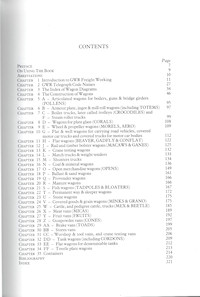
As shown by the contents page, the larger part of this book is devoted to a run-through of each group of wagon types, based on the alphabetic parts of the diagram number.
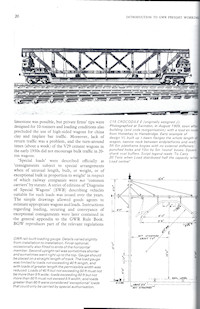
There are lots of photos (all B&W, mostly 'official', but not all 'factory-fresh') and diagrams (this one of a loading gauge is somewhat atypical).
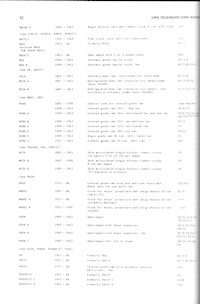
The list of telegraphic code names runs to 5 pages and has details including the diagram numbers that each related to.
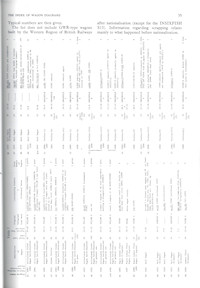
A list of diagrams fills 11 pages and includes dates, codes, numbers (running and lot) and quantities. Slightly annoyingly, these have been printed sideways but with two columns per page.
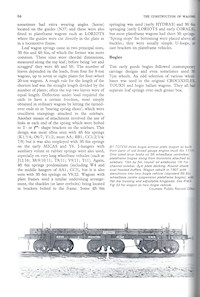
Some of the wagon types illustrated are quite strange to my eyes. This Totem armour plate wagon has three bogies 'slung from trunnions' and was built in 1895 using parts from an old broad-gauge wagon. My Great-Grandfather was once slung from Trunnions!
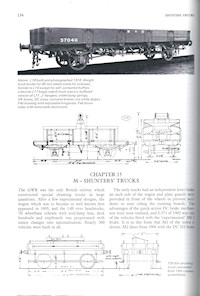
There are dozens of drawings throughout the book, most from the company diagram book and many showing just the side and end elevations. |
| Notes: |
No notes have been left yet. ?There may be some notes posted but which have not yet been approved.
|
| Edits: | This item has not been edited.
|

 Register
Register